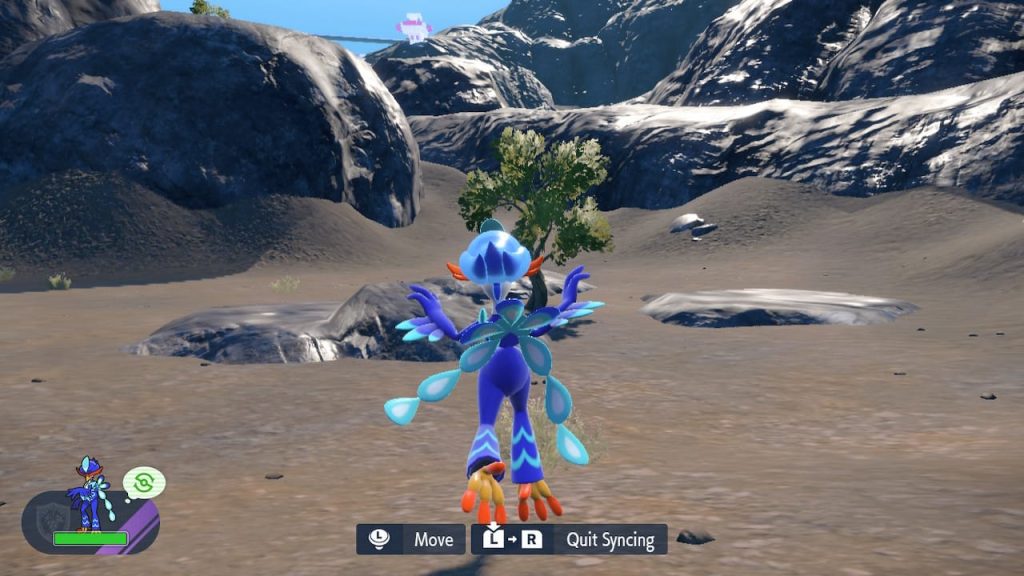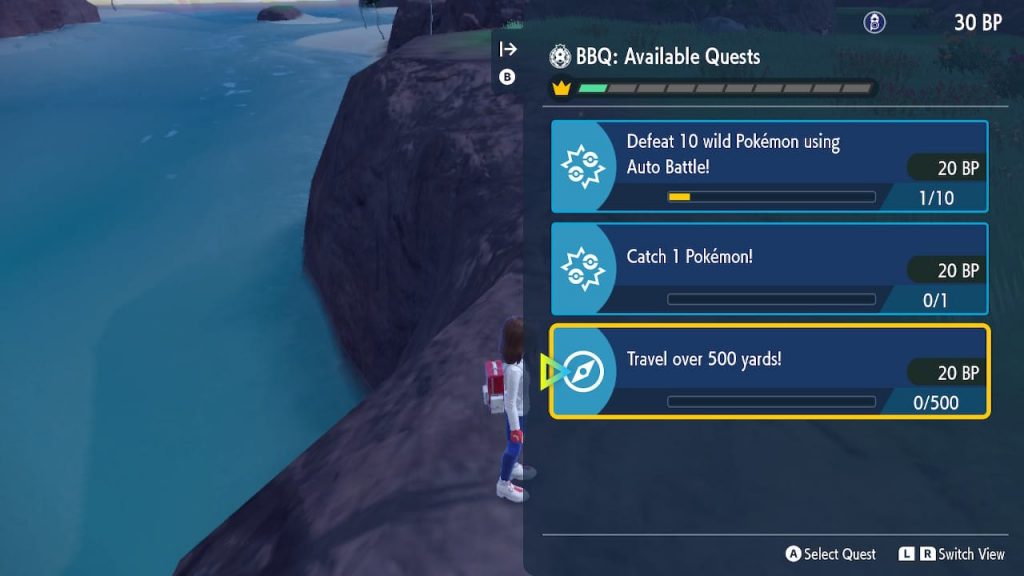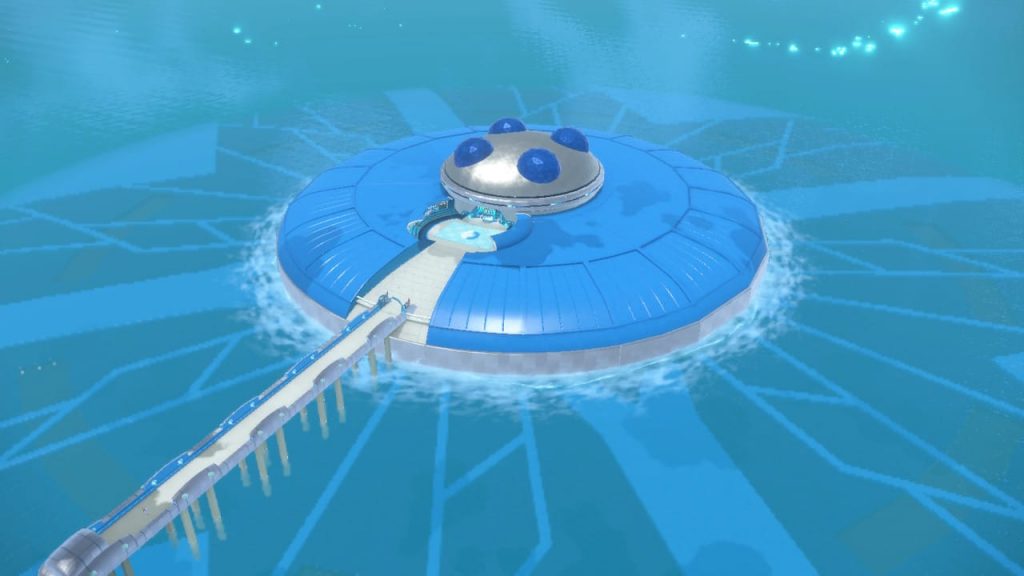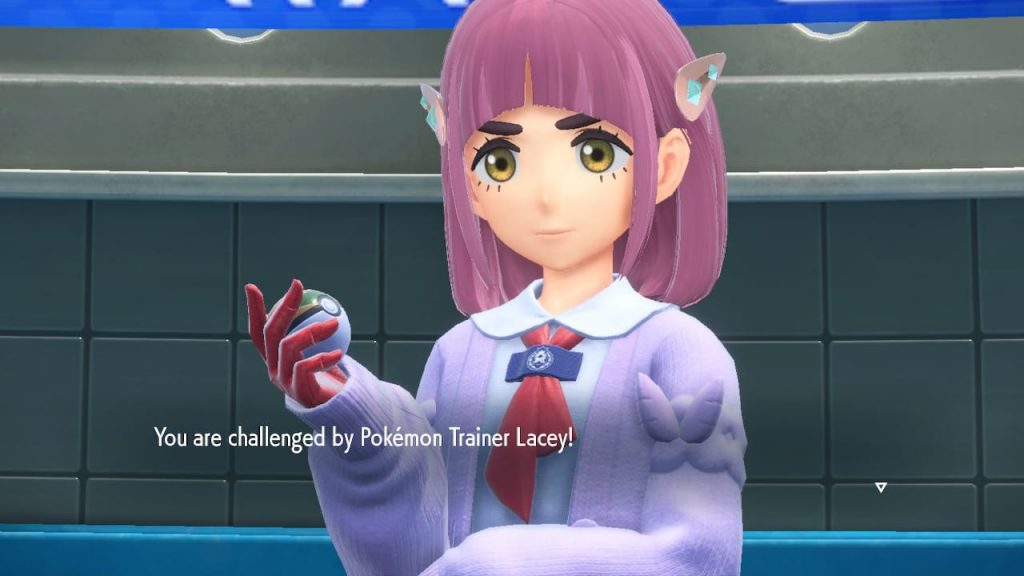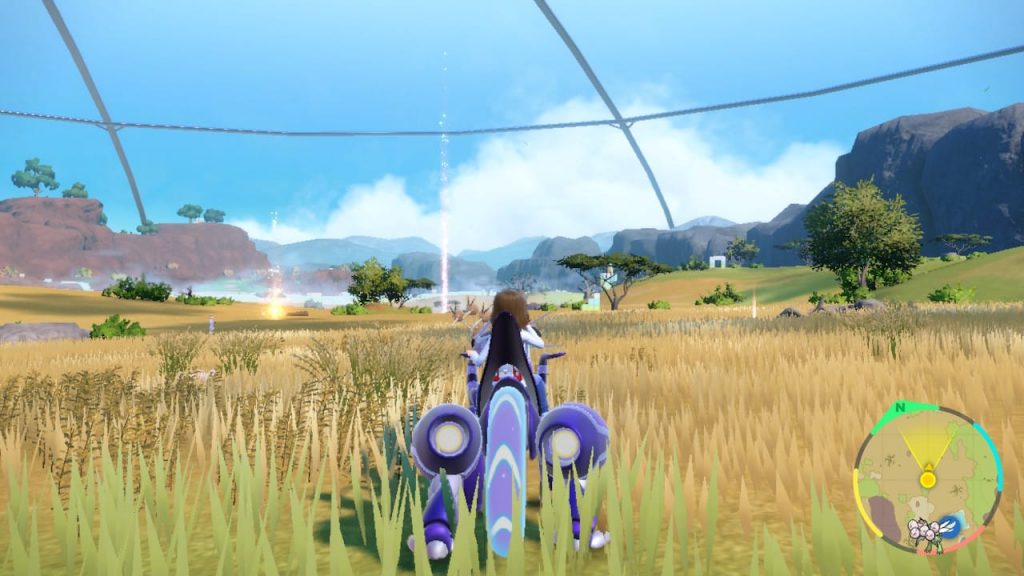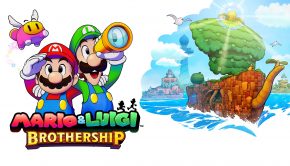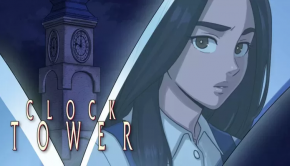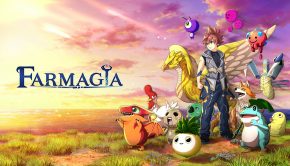Pokémon Scarlet & Violet DLC – The Indigo Disk Switch Review
Summary: While doing nothing to fix the base game’s performance issues, The Indigo Disk’s expertly designed Double Battles, fun exploration and charming storyline make for a solid conclusion to this DLC expansion.
3.9
Duality of Pokémon
The last year without any new mainline Pokémon content was 2015. Yeah, let that one sink in. In 2023, “third versions” seem to be dead – in its place are new styles of Pokémon games like Legends Arceus and Let’s Go, as well as DLC for the releases heralding a new generation. Part 2 of Scarlet & Violet’s DLC expansion – titled The Indigo Disk – is the latest piece to this ever expanding Pokémon puzzle. What exactly does it bring to the table for all the different kinds of Pokémon players out there? Is it a satisfying continuation of Scarlet & Violet? Let’s find out.
The Indigo Disk brings us to Blueberry Academy – located in the Unova region – as an exchange student, continuing the school vibes from both the base game and part 1 of the DLC. Luckily, you once again won’t be spending much time in classrooms here. The Academy’s main attraction is the Terarium – a park consisting of four different artificially created biomes (Polar, Savannah, Canyon and Coastal) to explore. The artificial nature of these biomes is a great excuse to have a relatively small “region” that still has a lot of variety in its scenery. You’ll find 240 Pokémon species living here, of which a majority weren’t found in Paldea or Kitakami.
With the introduction of the Synchro Machine, you can even explore the Terarium as one of your Pokémon. This is one of those somewhat superfluous but charming as heck features that I can’t help but love, and actually controlling your Pokémon instead of only directing them does make auto-battling much smoother. Your trusty steed Miraidon/Koraidon also gets an upgrade that improves exploration: the ability to fly (not just glide). It’s unlocked a bit late for my liking, but I won’t look the gift Rapidash in the mouth – the act of flying is already enjoyable on its own, and being able to reach high places without having to climb is very convenient.
Furthermore, The Indigo Disk gives you stuff to do while exploring besides catching and battles. Granted, battling and catching is also included in said stuff. I’m talking about Blueberry Quests – BBQ’s for short – which will reward you with BP for doing various tasks within the Terarium. Catching a Pokémon of a specific type, defeating 10 wild Pokémon using auto battle, taking a photo of a Pokémon while swimming, things like that. You can have a maximum of three active BBQ’s at a time, and after doing ten of them a special BBQ gets added that gives more BP than usual – around 100 to 150, whereas normal BBQ’s give 10 to 40. Lastly, there are group BBQ’s only doable with friends that give a massive 300 to 600 BP.
So what are BP good for exactly? A lot – maybe too much if you ask me. Not only can you buy TMs and other good items with them, they are also instrumental in unlocking almost all content within the DLC that is not part of the main story. Doing BBQ’s on the side as I was simply following along said main story was pretty fun, and made it easier to overlook the repetition as the list of possible BBQ “categories” is quite small. It is when I wanted to engage with the DLC’s other content that the boredom set in very quickly.
I quite enjoyed Perrin’s sidequest in part 1 of the DLC, so I wanted to see what she was up to in the Terarium. She once again has a hint on some mysterious Pokémon – in order to receive this hint, I had to register 200 out of 240 Pokémon from the Blueberry Pokédex. Unfortunately, 30% of it is not immediately accessible – this 30% consists of every Starter Pokémon (besides the Gen 9 ones), with a majority of them finally being available in the wild for the first time. It costs a whopping 3000 (!) BP just to unlock 6 of them, and 12000 BP in total to unlock all of them. To even get the opportunity to obtain 200 Pokémon, I ended up having to do hundreds of BBQ’s. When I found out Perrin’s sidequest was nowhere near cool enough to be worth it, my disappointment was immeasurable and my day was ruined.
Thankfully, the other side content’s unlocking requirements aren’t as bad, especially if you have friends that are playing the DLC (unlike me). After beating the main story, you can invite Gym Leaders, Elite Four members and teachers from Paldea to the Blueberry Academy for a battle, trade and some fun interactions – this costs 200 BP per character. The DLC also gives you access to a nice selection of Legendary Pokémon that aren’t part of the Pokédex – you unlock one for every 10 solo BBQ’s or 1 group BBQ you do. To conclude this section on how The Indigo Disk uses BBQ’s to “gatekeep” content from the player – if the process was fast when playing alone and simply faster when playing with friends, or if there was any alternative method to earn BP, I wouldn’t have too much of an issue with it. As it stands, it feels unnecessarily tedious for the lone player in particular – and will likely discourage many people from doing everything the DLC has to offer, which I don’t think is a good thing.
Now that we’ve discussed the worst aspect of the DLC, let’s talk about the good parts – starting with the soundtrack. The Indigo Disk takes place in Unova, so the music is mostly inspired by it too – the trainer and wild Pokémon battle themes are straight up remixes of their Gen 5 counterparts, and the area themes incorporate different Unovan leitmotifs. As someone who is nostalgia blind for this region, I’m pretty much obliged to give this a big thumbs-up – so I will. That’s not to say Unova is the only reason the music is great – Kieran’s final stand chaotically captures his desperation and resentment perfectly, and the last encounter with Terapagos caps off the story with an absolutely awe-inspiring piece that beautifully integrates the Terastallization/Area Zero themes.
Unova was the region that introduced us to Triple Battles back in 2010 – but today, the Academy there is actually all about Double Battles. These are no ordinary Double Battles either – trainers take full advantage of the unique possibilities this format presents, with solid competitive movesets and items to boot. When the first battle of the DLC featured a Plusle with Lightning Rod and a Minun with Volt Absorb both using Discharge, I knew I was in for something fun. Later, I encountered multiple double Intimidate leads, almost lost to a rain team, and got completely outplayed by a Smeargle holding a Focus Sash using Endeavor followed up by Extreme Speed.
All of these examples were regular trainers by the way, I haven’t even mentioned what I would consider the highlight of the DLC – the battles against the Blueberry Elite Four. I’m confident in saying these are some of the most well designed and challenging fights in the entire series – my team had a 15 level advantage over them and I still struggled. It again comes down to the doubles format – it simply allows for more interesting decision making and synergy options on both sides of the field. The fact that the opportunity to freely switch out your Pokémon whenever your opponent sends in a new Pokémon is not available in doubles – which is ironic after base Scarlet & Violet actually made this mode the only one, despite set mode being a series staple since the very first game in the franchise – certainly helps too.
The Indigo Disk has made me see the light – Gen 10 genuinely needs to have way more Double Battles. At the very least, it needs to not be relegated to a single gym. There are so many moves, abilities and whole Pokémon that are basically designed for doubles already – I would love to actually make use of those things during my playthrough, not just think they’re cool whenever I see them being used in competitive tournaments. The battles in the Blueberry Academy also finally gave me the feeling of comradery between party members that the Pokémon anime and other RPGs do – my team felt more like an actual team than ever before.
The Indigo Disk treats your Pokémon friends well, but what exactly are the protagonist and their human friends up to? Continuing on from where part 1 left off, part 2 sees us challenge the previously mentioned Blueberry Elite Four so we can have our fated rematch with Kieran, the freshly minted Champion of the Academy. After that, we return to Area Zero in our search for Terapagos – the Pokémon thought to be the source of the Terastal phenomenon. The Indigo Disk is overall a satisfying enough conclusion to the two storylines the DLC built up – my only problem is that they don’t connect together too well. The transition from the Academy to Area Zero feels quite abrupt – we’ve been exploring the Terarium and battling trainers there with barely a hint of Terapagos and then out of pretty much nowhere, Briar shows up to tell us that it’s time to go to Area Zero now.
When it comes to the characters, the newly introduced Blueberry Academy members are all as charming as I would expect – and the returning Briar, Carmine and Kieran are still interesting. I especially appreciate Kieran for continuing Pokémon’s trend of being increasingly self-aware about the fact that their protagonists are near perfect humans (both on and off the battlefield) who canonically win every battle – and making rivals for them that are written around that and actually respond to it in unique ways. It started with Hop, where beating him and crushing his dream of fighting his bro Leon felt kinda bad, then we had Nemona who intentionally handicapped herself and actually wanted you to beat her so she could ultimately finally battle someone on her level, and now we have Kieran who eventually starts to resent you for beating him and becomes envious of your abilities.
So remember when I said I talked about the worst aspect of the DLC? Well, I lied – I forgot about the fact that I hadn’t mentioned the presentation yet. Listen, I know that saying the graphics in Switch era Pokémon are bad is like using a Tera Water Choice Specs Hydro Cannon in the rain on an already fainted Rapidash – but unfortunately, this is a review and I’m thus contractually obligated to report on my findings. Just like part 1 of the DLC, The Indigo Disk sadly doesn’t really fix any of Scarlet & Violet’s performance issues. There is still way too much pop-in and the frame rate still drops to single digits way too often – even when the screen is showing nothing too graphically intense. It brings me no joy to say all of this – it’s a shame that as of right now, the series can’t reach its full potential because of the money it needs to print yearly. I can only hope that the next mainline Pokémon project is allowed to get more time in the oven.
Final Thoughts
Speaking of time, the things I spent it on in The Indigo Disk led me to have mixed feelings on the product overall. It gave me some of the highest Pokémon highs in my matches against the Blueberry Elite Four, but also some of the lowest Pokémon lows in my hours upon hours of doing repetitive BBQ’s for a reward that wasn’t even worthwhile. Though if I had known said reward was lackluster beforehand, I would have finished playing after beating the main story and those low lows would basically not exist. Looking at the expansion as a whole, I think it does have something for every type of Pokémon fan – a decent story, some fun battles, good exploration, lots of old and new Pokémon to catch. Whether or not the full DLC package is worth its asking price (since you cannot buy part 1 and 2 separately) ultimately depends on whether that “something” is good enough for you and your specific Pokémon preferences.


